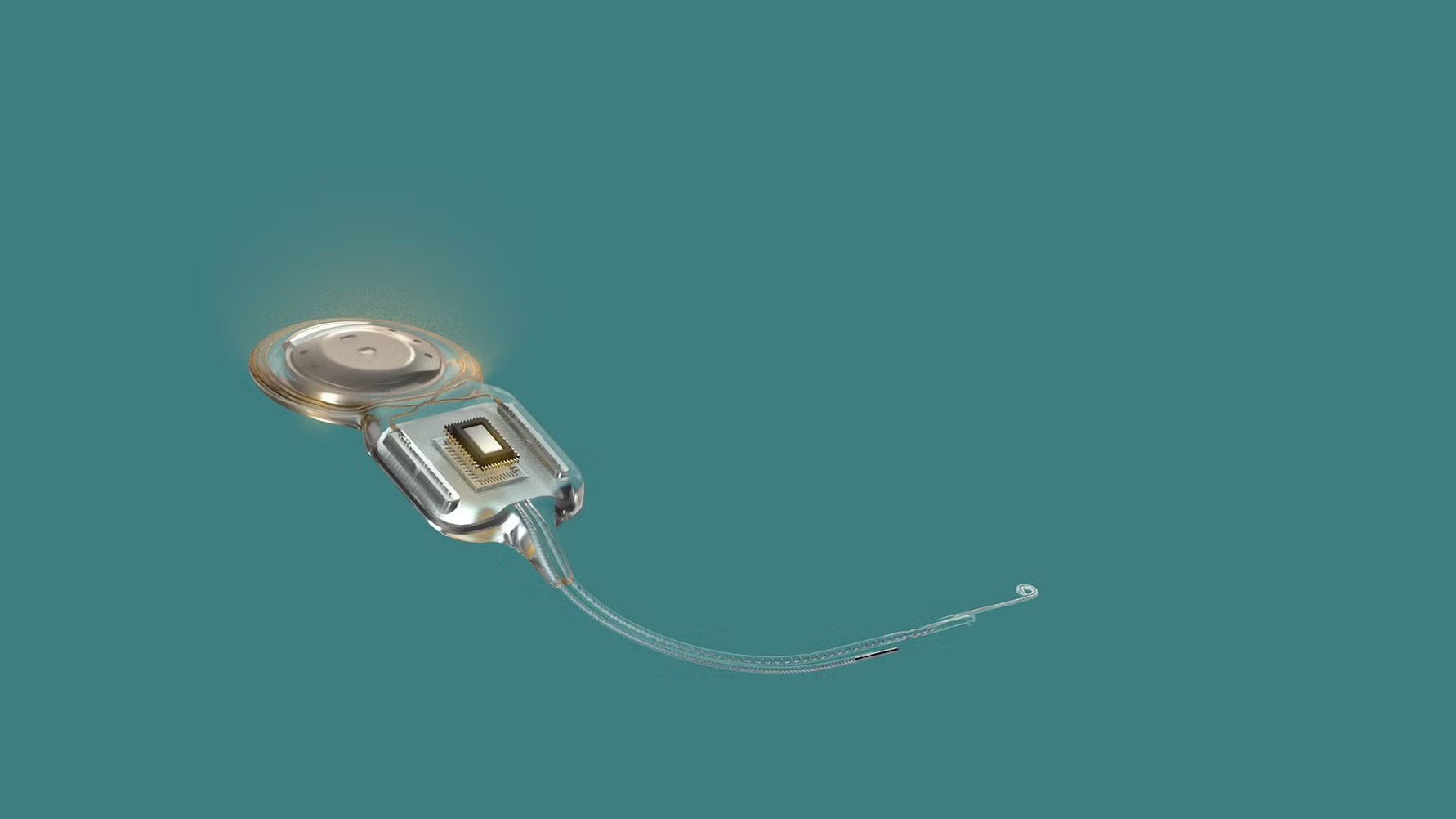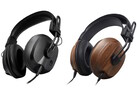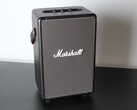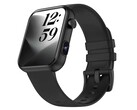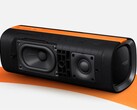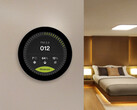Cochlear has just announced the launch of a new and smart cochlear implant, the Nucleus Nexus. Thanks to the possibility of firmware updates, the company can pass on technical developments to users without having to replace the implant at great expense, which is only possible via an operation.
The implant also has memory for maps, which are the personalized settings that determine the auditory experience of cochlear implant wearers, i.e., how they hear. If a sound processor, the external component of the system, is lost, the maps can be quickly copied to the replacement device. According to Cochlear, the new implant, whose electrodes are placed on the auditory nerve, is particularly thin at 3.9 mm.
The Nexus implant is compatible with both the Kanso 3 Nexa off-the-ear sound processor and the Nucleaus 8 Nexa behind-the-ear sound processor. The battery life of both processors is given as 16 hours, which Cochlear markets as one day. The actual battery life can vary from user to user, however, depending on factors such as mapping settings, the thickness of the skin between the implant and the sound processor, and sound exposure. A loud environment will naturally drain the batteries faster. The age of the devices and batteries also play a role. According to Cochlear, they usually function optimally for five years ("Useful Life") before needing to be replaced.
The new system has also inherited Bluetooth Auracast support from the older Kanso 3 and Nucleus 8 sound processors (both without Nexa). Whether telecoil is still supported on the Nucleus 8 Nexa has not been officially clarified. Otherwise, nothing has changed in terms of compatibility with other devices, such as iPhones, Android smartphones from Google or Samsung or Amazon's Fire TV with ASHA (Audio Streaming for Hearing Aids), The compatibility list covers both Nexa and non-Nexa devices for the Kanso 3 and Nucleus 8 in the same way.
The new sound processors each come in six colors.




